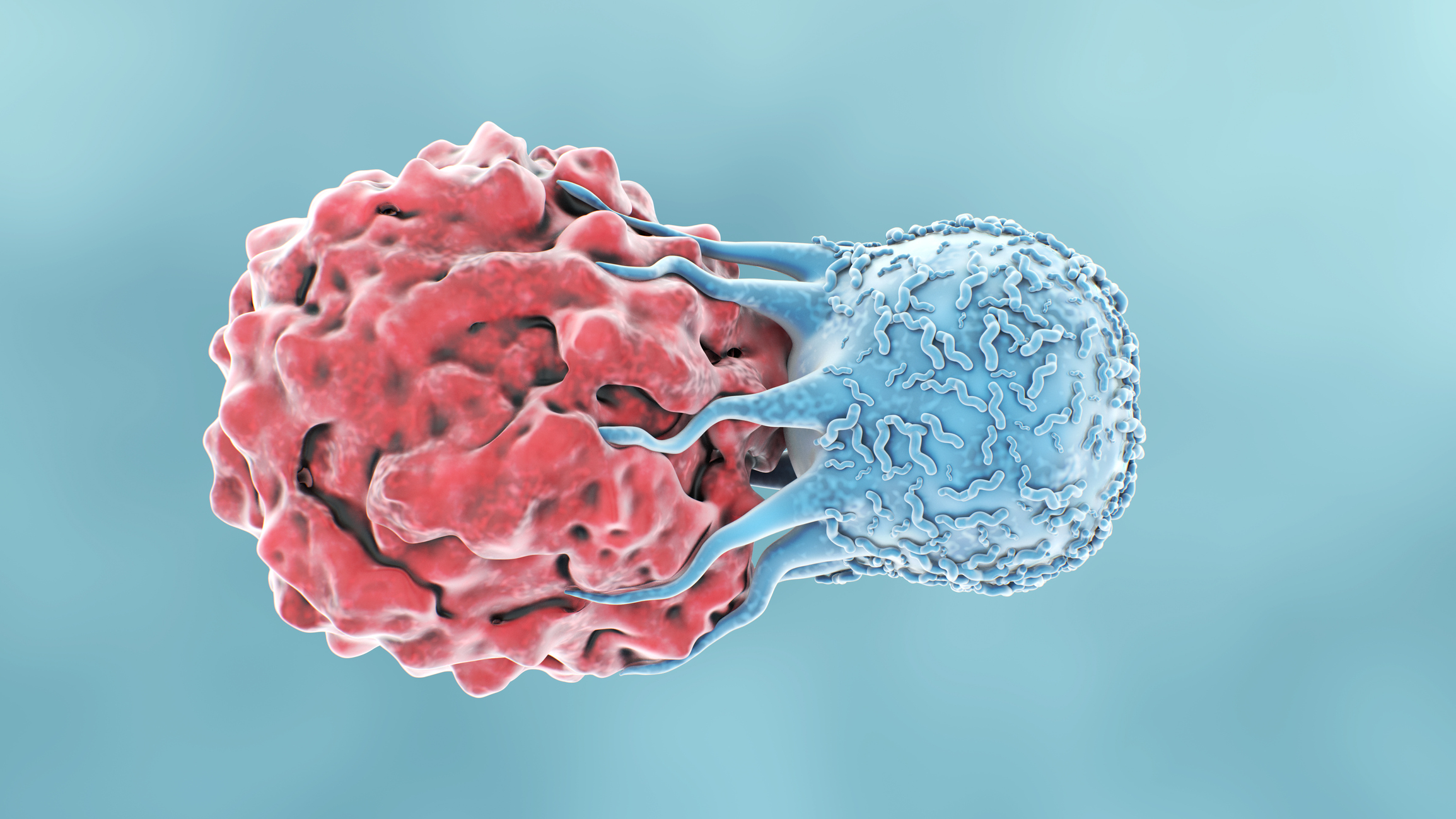Safety and Efficacy Testing of Cell Therapies
An Overview of Cell Therapy:
As we continue our blog series on cell and gene therapy, we will now dive into cell therapy programs. If you missed the first blog “Bioanalytical Support for Gene Therapy Programs,” you can find it here.
Cell Therapy or Adoptive Cell Transfer are broad terms for the use of living cells to treat disease. This can include conventional treatments such as bone marrow and stem cell transplants, or newer modalities such as engineered lymphocytes. In recent years, this latter category of cell therapy has seen exponential growth in the areas of immuno-oncology and gene therapy. Engineered cell therapies can be autologous (patient-derived) or allogeneic (from another individual) and are typically of immune cell origin. The specific type of cell or modification is used to categorize these therapeutics, for example:
- Tumor-Infiltrating Lymphocyte (TIL)
- Engineered T Cell Receptor (TCR)
- Chimeric Antigen Receptor (CAR)
- Other Modified Cells of Lymphocyte Origin
These cell therapies can be used to stimulate complex biological processes from immune activation to targeted cell killing. The ability to harness various aspects of the body’s response to disease makes this novel approach a powerful tool across a multitude of disease applications. Cell therapy has been a rapidly growing area of therapeutics in recent years with more than 22 cell therapy products including 6 CAR T-cell therapies receiving full FDA approval as of early 2023.
Bioanalytical Landscape for Cell Therapy Programs:
The bioanalytical requirements and regulatory expectations for evaluating safety and efficacy of cell therapy programs have evolved considerably in recent years. As living cells, these therapeutics have the potential to expand and persist in the patient’s body, requiring more detailed evaluations of cellular dynamics after administration. Bioanalytical assessments for cell-based therapies require specialized platforms and methodologies when compared to more traditional large-molecule biologics. For example, PCR, flow cytometry and ligand binding assays are heavily used throughout the pharmacokinetic and immunogenicity evaluations for cell therapies, while ligand binding assays or analytical chemistry methods have traditionally been favored for other therapeutic modalities. Altogether, establishing a bioanalytical strategy for cell therapy programs means identifying a laboratory partner with expertise in a broad array of analytical endpoints and platforms.
For a detailed review of the options for assessing cellular kinetics, please refer to our recent publication: Hays et al. (2023) Bioanalytical Assay Strategies and Considerations for Measuring Cellular Kinetics.
Building a Partnership with BioAgilytix:
As of 2023, BioAgilytix has partnered with our clients to support bioanalytical testing for over 80 individual cell therapy programs, including two that have received FDA-approval. Our scientific experts are thought leaders in the field of engineered cell therapies with decades of combined experience. Contact us today to find out how we can leverage our expertise to support the success of your cell therapy programs.
References
- https://www.fda.gov/vaccines-blood-biologics/cellular-gene-therapy-products/approved-cellular-and-gene-therapy-products
- https://www.bioanalysis-zone.com/tech-digest/technology-digest-the-bioanalytical-tools-that-support-cell-and-gene-therapy-development_ariadne/
- Hays A., Durham, J., Gullick, B., Rudemiller, N. and Schneider, T. Bioanalytical Assay Strategies and Considerations for Measuring Cellular Kinetics. Int J Mol Sci. 2023 Jan; 24(1): 695. https://doi.org/10.3390/ijms24010695.
